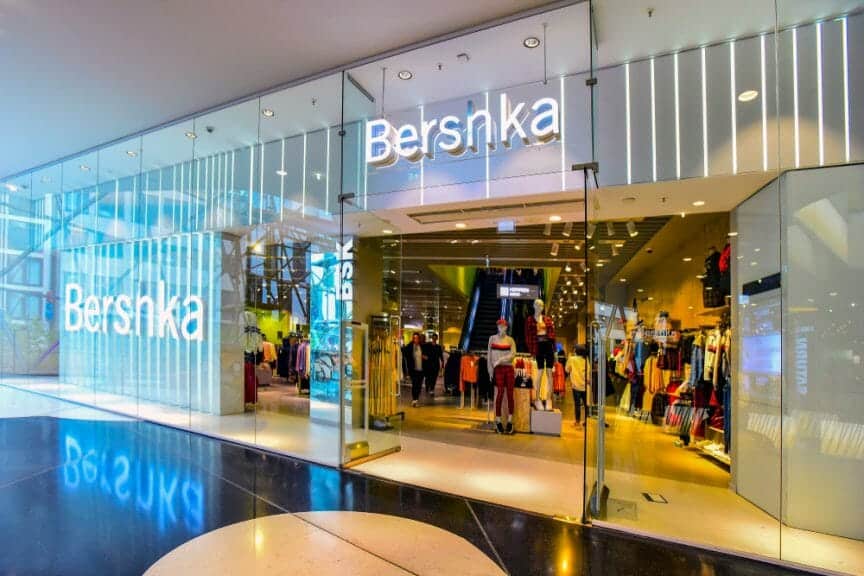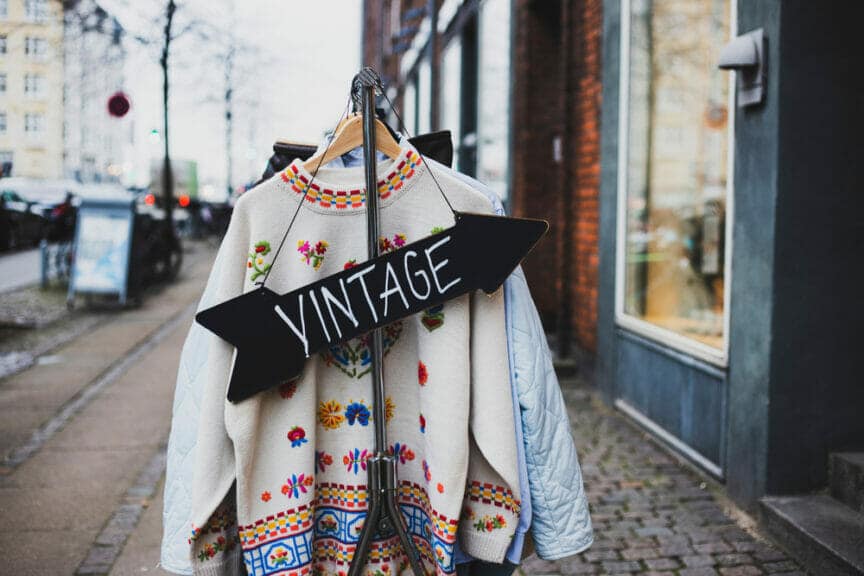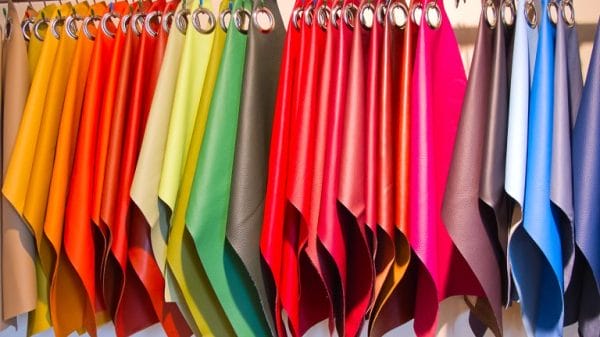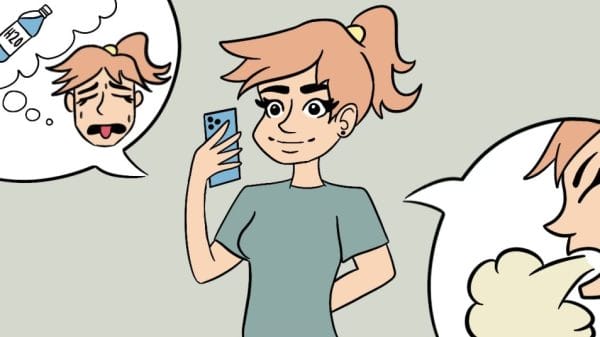Making our fashion both trendy and ethical has become increasingly difficult, especially with the thousands of easier and cheaper options at our disposal. But, with the rise of awareness to the problems with fast fashion and its effect on the planet, finding alternatives ways to shop has become very popular.
But, thankfully the push for alternatives from environmental activists and other general eco-friendly brands has opened up many new ways for us to shop, and to be more ethical with our clothing choices.
What is fast fashion?
According to an article by Greenly,
Fast fashion is most commonly referred to as mass produced, cost effective clothing that mimic the latest trends and are quickly produced in order to promote a company’s stylistic and modernised awareness for the consumer.
All You Need To Know About Fast Fashion, Ines Gendre
In essence, fast fashion takes into account the current trends and quickly mass produces clothing in order to satisfy the consumer’s need to follow the latest trends.
Fast fashion is also one of the in contributors to the evolution of the ‘micro-trend’, which is becoming increasingly harmful to the environment, along with general fast fashion.
Micro-trends are those items of clothes that you buy, wear a few times and then stop wearing because there is a new trend taking over. The consequences of buying into these mass produced micro-trends is mainly wasting clothes, but also contributing the continuation of underpaying workers.
Luckily, with a wealth of online resources and in an era of environmentally friendly brands, it is becoming easier to shop for clothes in a more ethical fashion. Here are some of the many ways you can support your shopping habits, and save the earth!
Second Hand Shopping
Second hand shopping can seem daunting for those who have never tried it before. The general misconceptions about second hand clothes are that they are unfashionable and worn down. But, with the rise of vintage fashion and Y2K style, using second hand shopping apps have become a very popular source of unique pieces.
But, with the rise of popularity for buying second hand (or perhaps a nicer term would be recycled clothing) means that apps like Vinted, Depop and Poshmark have become full of buyers and sellers- meaning that there is something for everyone to pick up.

Whilst these apps can be hard to navigate, they can be a great way to discover new fashion, more likely things that aren’t sold in high-street stores. They can also be great for finding vintage pieces for a much lower price than in dedicated vintage shops.
Furthermore, charity and thrift stores can be another great way to shop recycled clothes, without having to pay the shipping fee. Not only are you supporting more sustainable way of shopping, but also local charities through buying the clothes, or furniture.
‘Join Life’
Many big chain stores have committed to a program called ‘Join Life’.
’The Join Life label is used on the garments that are produced using the best processes and more sustainable raw materials so that our customers can identify them easily’.
Join Life, Inditex
Stores such as Zara, Bershka, Pull and bear and Oysho, along with others are part of Join Life, meaning that customers who want to stay eco friendly, but without breaking the bank can still have the acessibility to go to their favourite shops.

Join Life works under the rule that it must comply with at least one environmental attribute. This can be either:
’Care for Fiber- Ecologically Grown Cotton, Care for Water- produced using less water or Care for Planet- produced using renewable energy.
Join Life, Inditex
Capsule Wardrobes
Making a capsule wardrobe is a great way to begin you journey to becoming less wasteful with clothes. By choosing pieces that are complimntary to most outfits, you begin to create a collection of clothes which are able to last a lifetime.
By intentionally buying interchangable clothes, you can make multiple otfits with the same clothes, therfore cutting down on any wastefulnss and misguided purchases.
’A capsule wardobe is a limited selecion of interchangable clothing pieces that compliment eahother. These are often classic pieces that do not go out of style and are primaily composed of neutral colours.
Ava Astoul, Sustainably Chic
Though living in a more eco-friendly way is preferable in most aspects, it is extremely hard to up and change an entire lifestyle. By making small changes, such as ensuring clothing is produced ethically, or buying clothes with less plastic packaging can make a great difference.
By supporting small changes like these, even just with fashion, you begin to slowly adapt to a new lifestyle, where you become more conscious of what you buy, and how much you buy. Even just reducing consumption of fashion is a great way to begin your ethical fashion journey!













